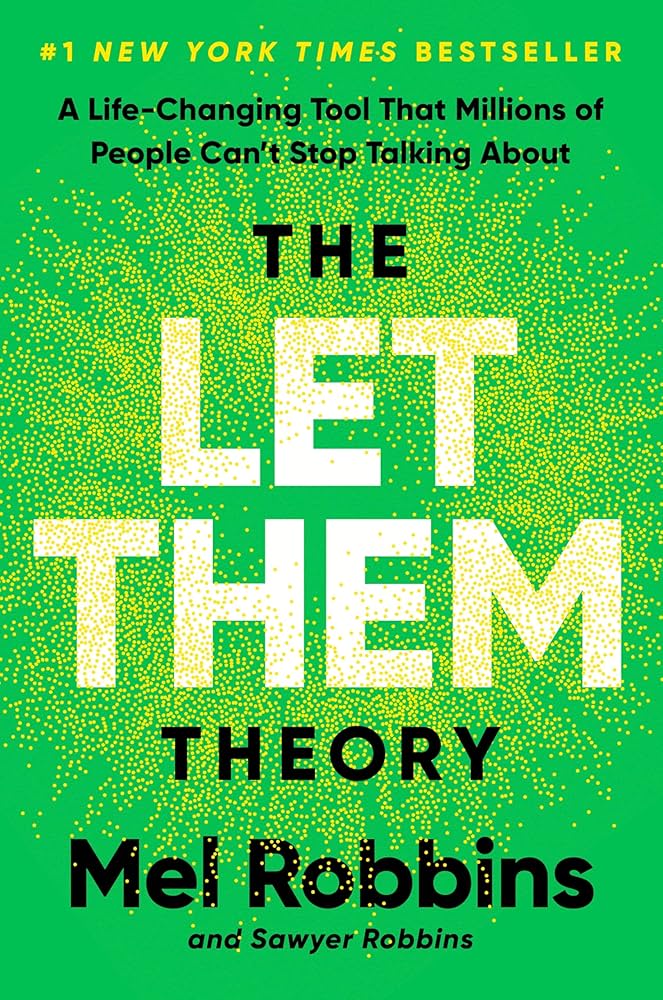Acceptance…but, there’s more
 Many people have now come across Mel Robbins’ Let Them Theory on social media or may have even read her book. This is a wonderful way to explain acceptance. Essentially, ‘let them’ becomes a statement of letting go of the need to control others. Acceptance is certainly not new in the world of psychology, and is the basis of many well-established therapies, such as Acceptance and Commitment Therapy and Compassion Focused Therapy.
Many people have now come across Mel Robbins’ Let Them Theory on social media or may have even read her book. This is a wonderful way to explain acceptance. Essentially, ‘let them’ becomes a statement of letting go of the need to control others. Acceptance is certainly not new in the world of psychology, and is the basis of many well-established therapies, such as Acceptance and Commitment Therapy and Compassion Focused Therapy.
I think Clinical Psychologist, Dr Dennis Tirch explains acceptance best when he says:
“People often confuse acceptance with submission or passivity. Acceptance is actually a highly proactive and intentional process of activating your own willingness to remain in reality”.
In this way, acceptance is an active practice. It’s also tricker than it sounds – especially when it involves acceptance in situations that we don’t like or even want. For example, someone else’s unwanted behaviours. Acceptance can also move beyond this, to acceptance of our own unwanted feelings. But acceptance is only part of the story.
The other part is making a commitment. A commitment to live in line with our values or doing the things that matter that are in our control. So, in the situation of someone’s unwanted behaviour, the commitment might be to continue to be respectful or kind, or maybe even a commitment towards self-care. When it comes to our own feelings, this might look like acceptance of fear in social situations, and a commitment towards connection with others.
By practicing acceptance of what was never in our control, and bringing our focus to what is, we gain the mental freedom to choose what matters.
By: Erika Fiorenza, Clinical Psychologist

